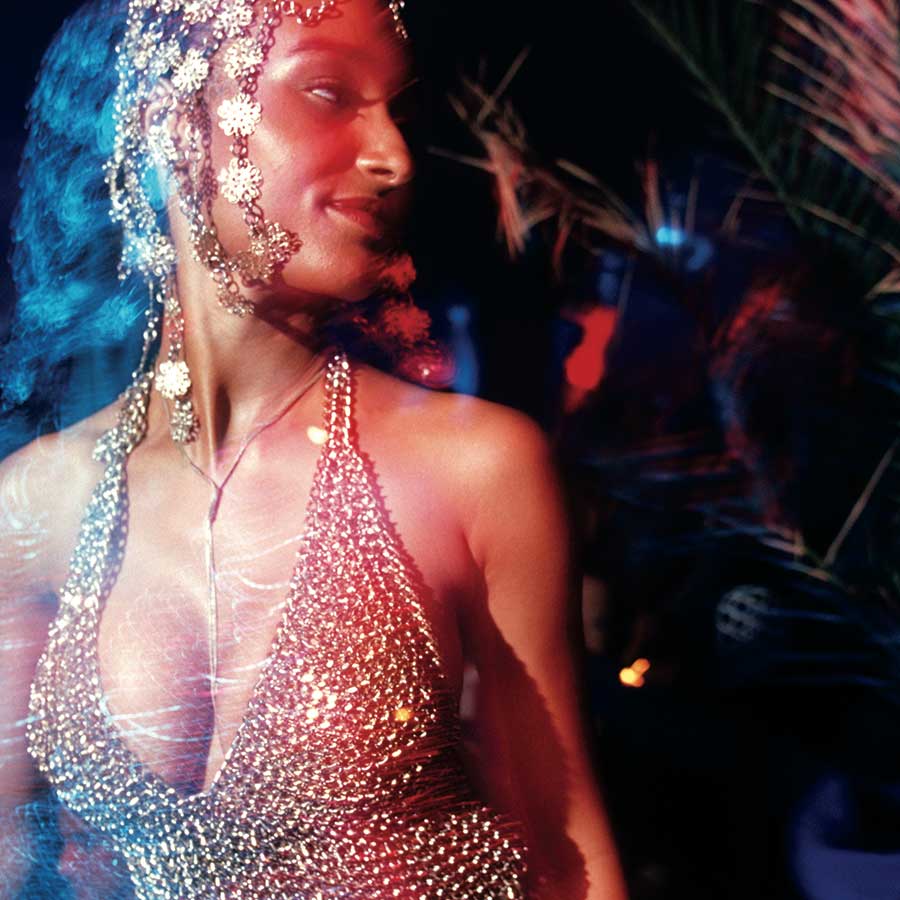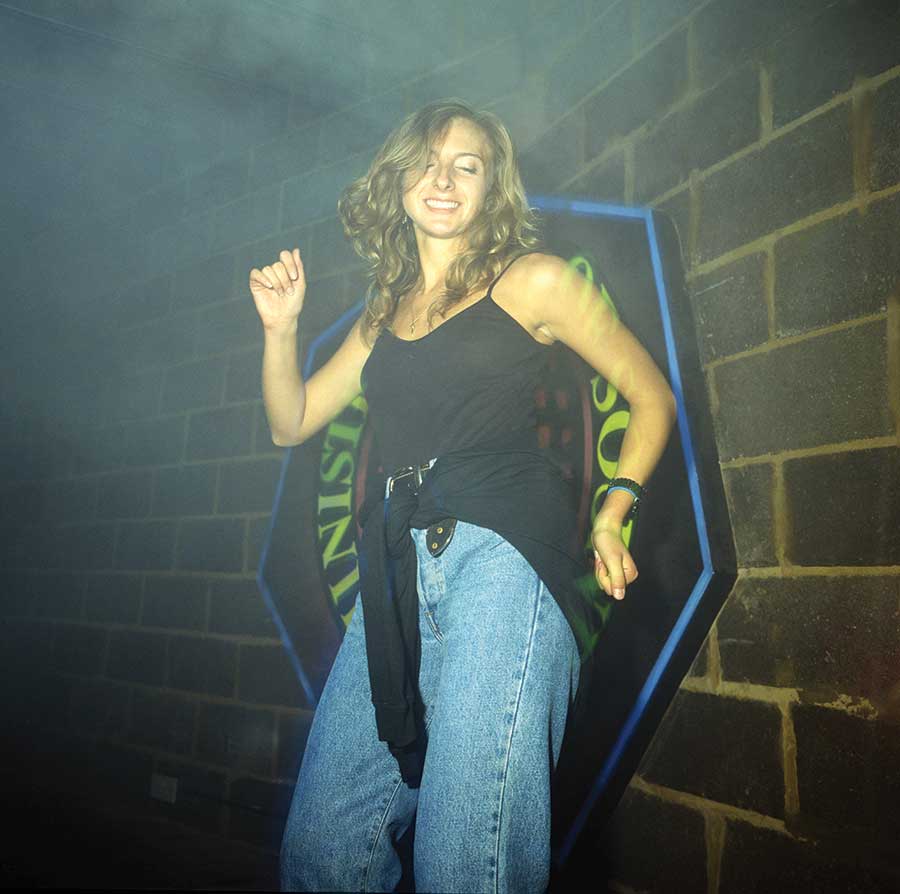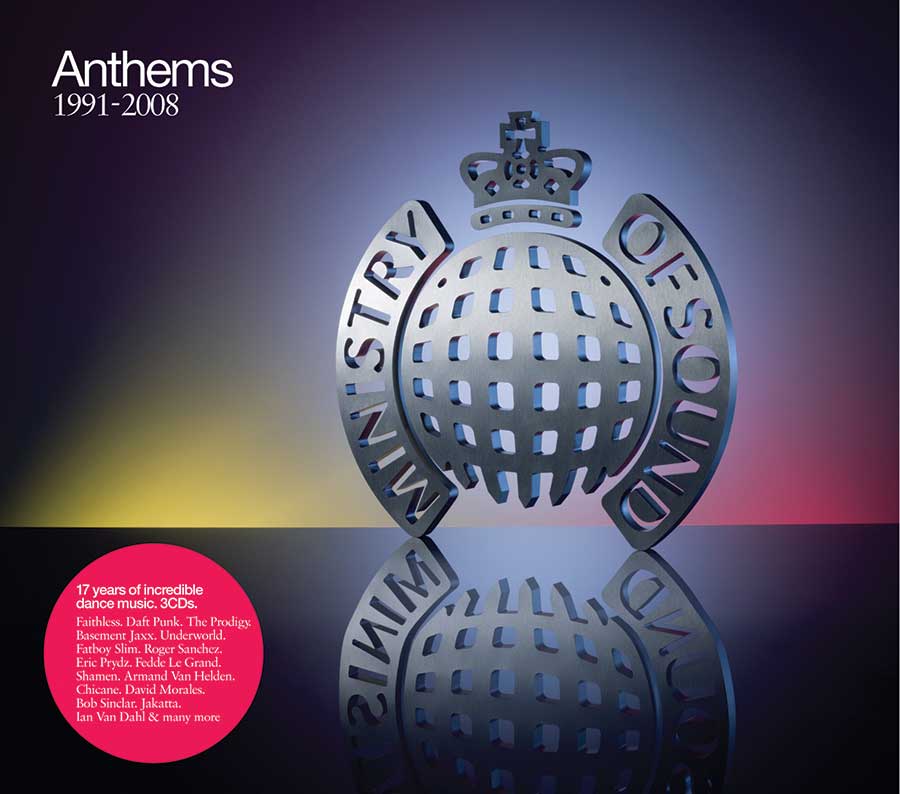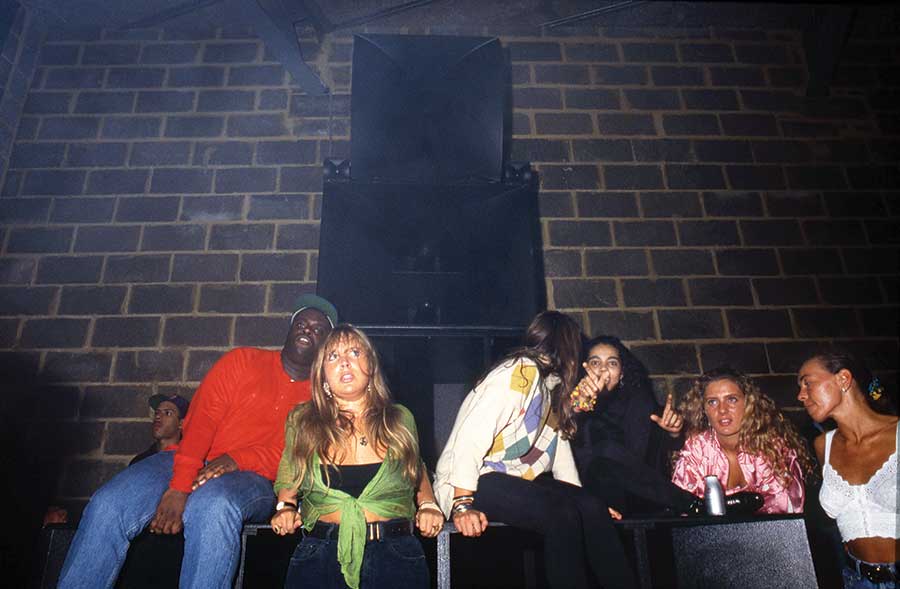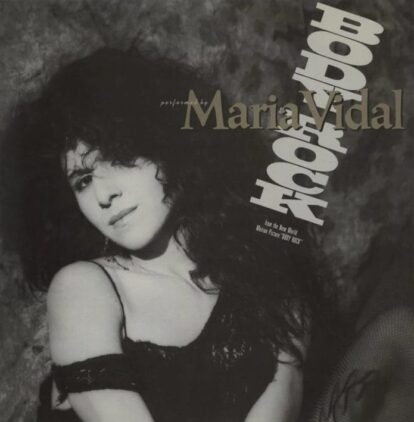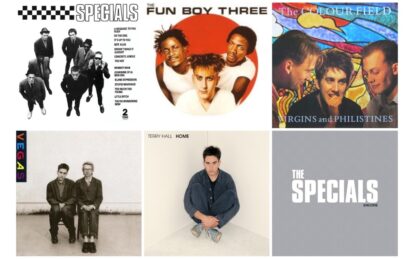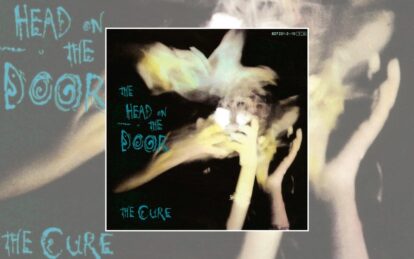
The death knell for rave culture and the twilight of a joyous and halcyon era in British music came in the form of a particularly resentful and draconian piece of legislature, enacted by Her Majesty’s Government in 1994.
The Criminal Justice Act curtailed raves by giving police the powers to shut down events that were identified by “‘music’ [which] includes sounds wholly or predominantly characterised by the emission of a succession of repetitive beats.” The inverted commas surrounding ‘music’ are a particularly revealing window into the government’s umbrage and disdain for the culture.
This friction between the government and groups of people utilising space for the large-scale celebration of music began with the Battle of the Beanfield in 1985 – a high-profile clash between hippies and the police at Stonehenge – which was followed by the Public Order Act of 1986.
This enmity continued throughout the 80s and early 90s until the situation reached breaking point after the infamous 20,000-strong rave at Castlemorton Common in 1992, which was the catalyst for the impending Criminal Justice Act.
However, eight months previous to the rave at Castlemorton, an old bus depot located near the Elephant & Castle in South London was about to transform into a haven that would reclaim and distil the enthusiasm of rave and usher in the ensuing clubland phenomenon. Inspired by one of New York’s most iconic house clubs, it was to provide a legitimised sanctum for the counterculture to continue. This was the wryly-named Ministry Of Sound.
“When the Ministry opened,” says Tall Paul, a Ministry and Turnmills DJ who helped to mix a number of The Ministry Of Sound’s The Annual compilation series, “we were jumping around warehouses that they’d taken all of the product out of for one night. We were desperate to go somewhere and hear the DJs and hear the sound systems.
“As the culture exploded, clubs were trying to play catch-up. Until then it was all Stringfellows and glitz and glamour and carpets. Ministry was purpose-built. It was like, ‘This is for dance music only, it’s not your Sharon and Tracey sort of vibe, and we’re going to run with it.’”
This purist vision for what a dance music club should be came from Justin Berkmann, co-founder of Ministry, through his experiences of living in New York during the era of the city’s legendary Paradise Garage club and a growing disillusionment with the recurring violence at raves towards the end of the 80s.
Inspired by what he had seen and heard in New York via DJs such as Larry Levan and Todd Terry, Berkmann sought to reimagine that spirit in London. Significantly, when the Ministry’s doors opened on 21 September 1991, late-night licencing laws were beginning to relax at a time that coincided with a cracking down on raves. None of the enthusiasm for all-night partying had dissipated, but the spaces in which these could take place were beginning to slowly diminish.
“At the end of the 80s, when I was getting into electronic music,” remembers Lohan Presencer, the Ministry Of Sound’s Chairman, “the parties that we could go to were in fields around the M25 and along the south coast. Then the government tried to close those things down with the Criminal Justice Bill… They didn’t understand the culture that we were a part of. What Ministry did was that it legitimised that culture. We were able to get a licence, the first-ever licence, for an all-night club in the UK.”
Read more: Making Primal Scream’s Screamadelica
Read more: Making Moby’s Play
The importance of the relaxing in licencing laws cannot be overstated. That crucial paradigm shift facilitated the uncompromised vision that Berkmann had for the club. “It’s easy to forget that the licensing laws at that time were much more restrictive than they now are,” points out Judge Jules, a clubland giant and long-serving friend of the venue.
“There was an element of disbelief that the Ministry would be able to be this club that would stay open all night when nobody else had managed to do it prior to that. It changed clubland, within its own laws and external to its own laws… it brought respectability to clubland. London had always had a rave, warehouse subculture, but suddenly Ministry had brought the global epicentre of dance music to London.”
Just as Paradise Garage was renowned for the quality of its sound system, Ministry Of Sound prioritised substance over style. It was about the common connection to music, and the quality of that music, as a be-all and end-all. “The sound system was exceptional,” says Tall Paul. “When that club came about, it was a unique space. It had a warehouse sort of feel to it and there wasn’t really much like that in London. There wasn’t really much to compare it to, so it hit the ground running.”
Over the ensuing months and years, the Ministry Of Sound would become a core player in the development of British club culture, fuelled by their association with DJs such as Levan and Terry and the fever that had, for years, seen thousands attending raves around the M25.
Read more: 90s dance – the essential playlist
Read more: Bomb The Bass interview
“The loyalty that they generated and the number of people that came through the doors every weekend was a really big part of it,” adds Judge Jules. “I think that it’s fair to say that you can listen to dance music on the radio or buy the vinyl or listen to it however you choose to, but until you’ve experienced the kind of theatre of the club, the kind of
en masse sense of togetherness, you wouldn’t have quite got it.
“Those superclubs that filled the void left by the raves of the late 80s and the very early 90s were massively significant in developing dance culture in this country and clearly, the Ministry is one of the most significant players.”
Two years after its inception, with a sturdy foothold in the UK and a growing profile worldwide, Ministry would pioneer a phenomenon that would help catapult it, and the rest of the UK dance music tradition, worldwide by releasing the first dance music compilation CD spearheaded by a club and mixed by an established DJ. The Sessions Vol 1 – mixed by Tony Humphries – was released in ‘93 and changed everything for Ministry.
Read more: The story of Spike Island
Read more: Top 20 80s house hits
“It was a transformational moment,” says Lohan. “Up until that point, it was still a nightclub based in a warehouse in south east London… what we were trying to do was to recreate that experience in the main room in the club and take that out to the world. The first compilation album sold 20,000 copies. The next one, Sessions Vol 2, was mixed by Paul Oakenfold and that sold twice the amount.”
After its initial incarnations as Sessions, the Ministry-branded compilation CDs turned into The Annual series in 1995. The first of those would sell more than 100,000 copies and the second would sell one million. “I think it put us on the map,” continues Lohan. “We were creating packages that would travel the world and that people could buy in music shops in New York, in Singapore, in Thailand or in Australia. All of a sudden there was a global audience that was being exposed to what we were doing back in London.”
This business masterstroke would pave the way for other clubs to follow suit. In a pre-streaming age in which the power of CD sales and radio reigned supreme, the significance of those compilation CDs cannot be underestimated. It was the vehicle for the Ministry brand to grow and set a financial and cultural bedrock for other innovations including their own radio show and magazine.
If the innovation of a purpose-built space for dancing was how Ministry captured the spirit of the New York scene and the children of rave, then the compilation CDs were the way in which they captured a global following… and startling amounts of revenue. “We were born from a cultural movement which manifested itself initially in the form of the club, but then transitioned into us being the trusted curation voice of dance music through our compilation albums,” says Lohan.
“It’s easy to forget what life was like before high-speed internet,” adds Judge Jules. “The internet has been around for a while, but high-speed internet which can facilitate streaming is a relatively recent phenomenon. Therefore, mix CDs were the kind of shop window for dance music culture for many, many people, especially for those people who were too young to go out to clubs or who lived in countries where there wasn’t really a club culture.”
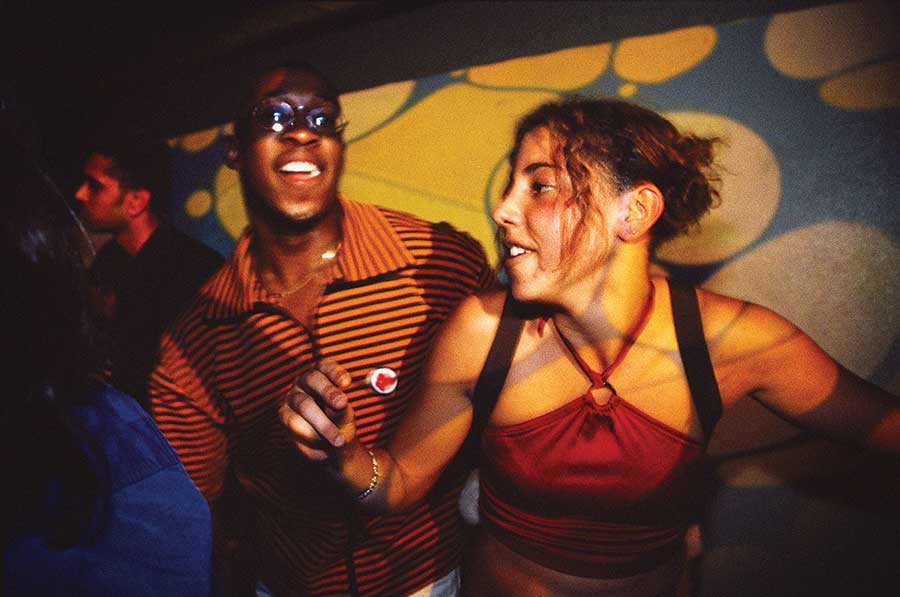
“Although house music was born in America,” says Lohan, “the Brits wrapped their arms around it and took it on. I think we’ve always been at the sharp end of dance music and we’ve always evolved the genre from house, into trance, into drum’n’bass, into dubstep.
“There are multiple different strands and genres of electronic music, and the UK has always been at the forefront of that. A lot of talent was European and this was the second largest music market in the world, so there was the opportunity for that music to get heard here.”
Along with the compilation CDs, the embracing of dance music from the radio in this country – as starkly opposed to the US at the time – helped to fuel the fire and get us where we are today. By the mid-late 90s, the Top 10 was being invaded by tracks from the likes of The Chemical Brothers and Fatboy Slim. If you investigate the timeline, there are markedly more dance tracks in the top bracket of sales in the years directly following the Ministry Of Sound’s record-breaking The Annual II, which is recognised as the ‘Best-Selling Club Dance Compilation’.
Read more: Remembering Manchester’s Hacienda
Read more: The Bristol sound
To go further, there seems to be a steady incline in the style of electronic music that the Ministry was championing finding its way into the Top 10 in the years directly after it opened. Of course, this represents the general changing of appetite over time, as well as the work of the radio, but it’s no exaggeration to attribute a substantial chunk of this change to Ministry’s own success.
“People were already buying our albums in their millions by that point,” says Lohan, describing this connection between Ministry and the growth of dance music throughout the 90s and early 00s. “That’s where they were discovering these records. We would compile records on our album before they’d get released. We’d hear them playing in the clubs because they’d be given to the DJs as acetates and dubplates, we would then license them from the small labels or the artists and stick them on our albums.
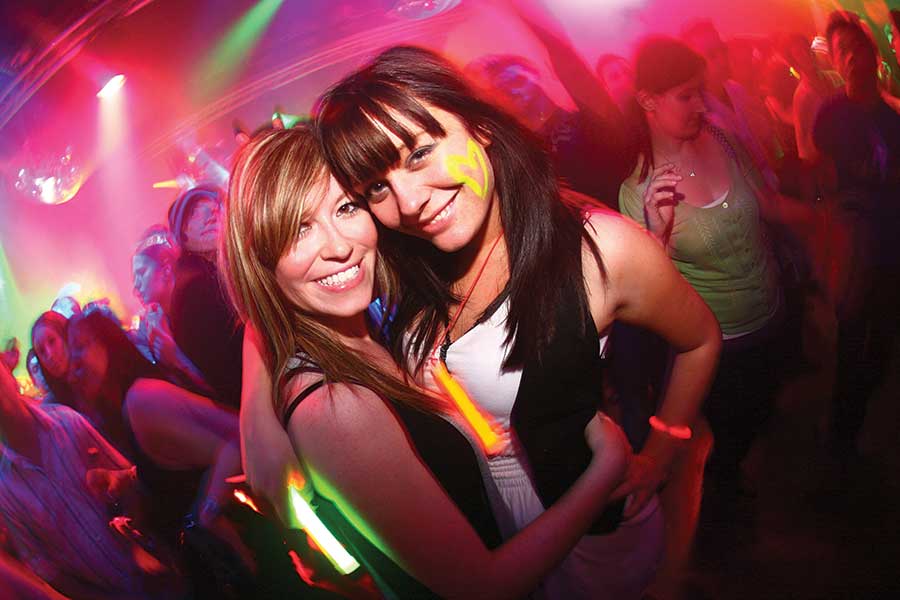
The Ministry Of Sound is one of the last great superclubs from the heyday of clubland. Their longevity is thanks to a constant adjustment to the shifting ground beneath them and to an ardent reverence to the quality of music they peddled in the club and through The Annual.
In a period which saw the dissolution of one of the UK’s most iconic eras of music, the Ministry provided a bridge from the hedonistic fever of rave to the ensuing growth of clubland and, by extension, where we find ourselves today.
Via New York City, the club helped shape UK dance culture throughout the 90s and set a precedent for what a club could be. Though many of their competitors have fallen by the wayside, the Ministry Of Sound remains. Through diversification, and anchored by the quality of the club, they have navigated the tempest of the music industry.
Germinating in the years that rave culture was being actively curtailed by the government, the Ministry legitimised partying and made it palatable for those who had not already been baptised. Without that vehicle to move on from the Criminal Justice Act, the UK almost certainly wouldn’t hold the cultural currency that it does today when it comes to dance culture.
It’s poetic that a party blunted by Her Majesty’s Government would be continued, in part, by a Ministry Of Sound.
Try Classic Pop Plus here for even more on your favourite 80s artists
Classic Pop may earn commission from the links on this page, but we only feature products we think you will enjoy.

